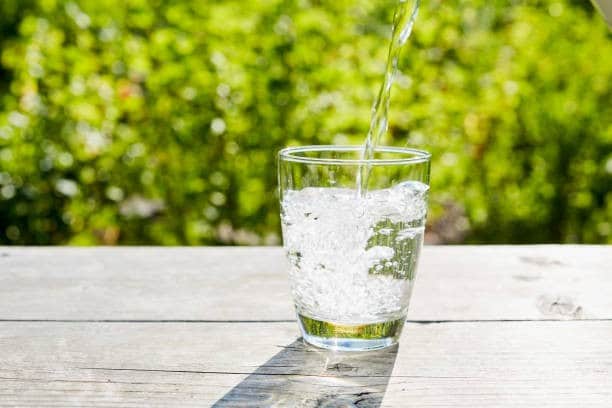Transitions between seasons and weather events, such as rainfall, floods, and temperature shifts, can significantly affect the potability of your water. They may introduce contaminants into water, change its chemistry, and overwhelm public and private water supplies and treatment systems. Let’s discuss these effects to help you plan the best action for ensuring your access to safe drinking water.
While it helps replenish water supplies, excessive rainfall can introduce harmful impurities. Stormwater runoff often collects various bacteria, pesticides, fertilizers, oil, heavy metals, and chemicals as it flows over land. These pollute surface and groundwater and eventually seep into rivers, lakes, and reservoirs.
Additionally, drinking water systems and treatment plants overwhelmed by heavy rain may struggle to eliminate contaminants effectively. They may also suffer damages or experience power outages during storms, rendering facilities inoperable.
The Dangers Posed by Floodwater
Floods can bring debris, hazardous microorganisms, chemicals, sewage overflow, industrial waste, and runoff into drinking water sources, groundwater, and treatment facilities. They can also overflow wastewater systems, releasing untreated water into nearby water supplies, including private wells.
When the pollutants in floodwaters infiltrate treatment systems, they can also damage the pipes and other critical parts. It can lead to cross-contamination between sewage and drinking water lines. For this reason, authorities often issue boil water notices after major floods to prevent waterborne illnesses.
The Impact of Temperature Fluctuations
Warmer weather and extreme temperature shifts promote harmful algal blooms (HABs) and bacterial growth in natural water bodies, reservoirs, and distribution systems. For instance, blue-green algae release cyanotoxins that may trigger rashes, nausea, stomach pain, and respiratory irritation.
These toxins are often challenging to remove through standard water treatment. Moreover, heat typically prompts and accelerates chemical reactions in water, potentially altering its taste and composition.
Conversely, cold temperatures can freeze water, which expands and adds pressure to pipes until they burst. Some pipe materials also become more fragile during cold weather, increasing the chances of cracking and potential contamination. Rapid shifts between hot and cold temperatures may also create leaks in water systems and treatment infrastructure through which impurities can infiltrate.
Stay Ahead of Weather-Driven Water Issues
As the weather changes throughout the year, so does your water quality. Events like heavy rainfall, hurricanes, flooding, and temperature extremes or fluctuations directly affect different water sources and treatment systems and increase the risk of contamination. Because of that, it’s crucial to implement safety measures against these challenges.
Connect with Adams Water Conditioning to learn the best strategies against weather-related water quality problems. We are the trusted choice for efficient treatment solutions and affordable drinking water systems in Ocala, FL.


